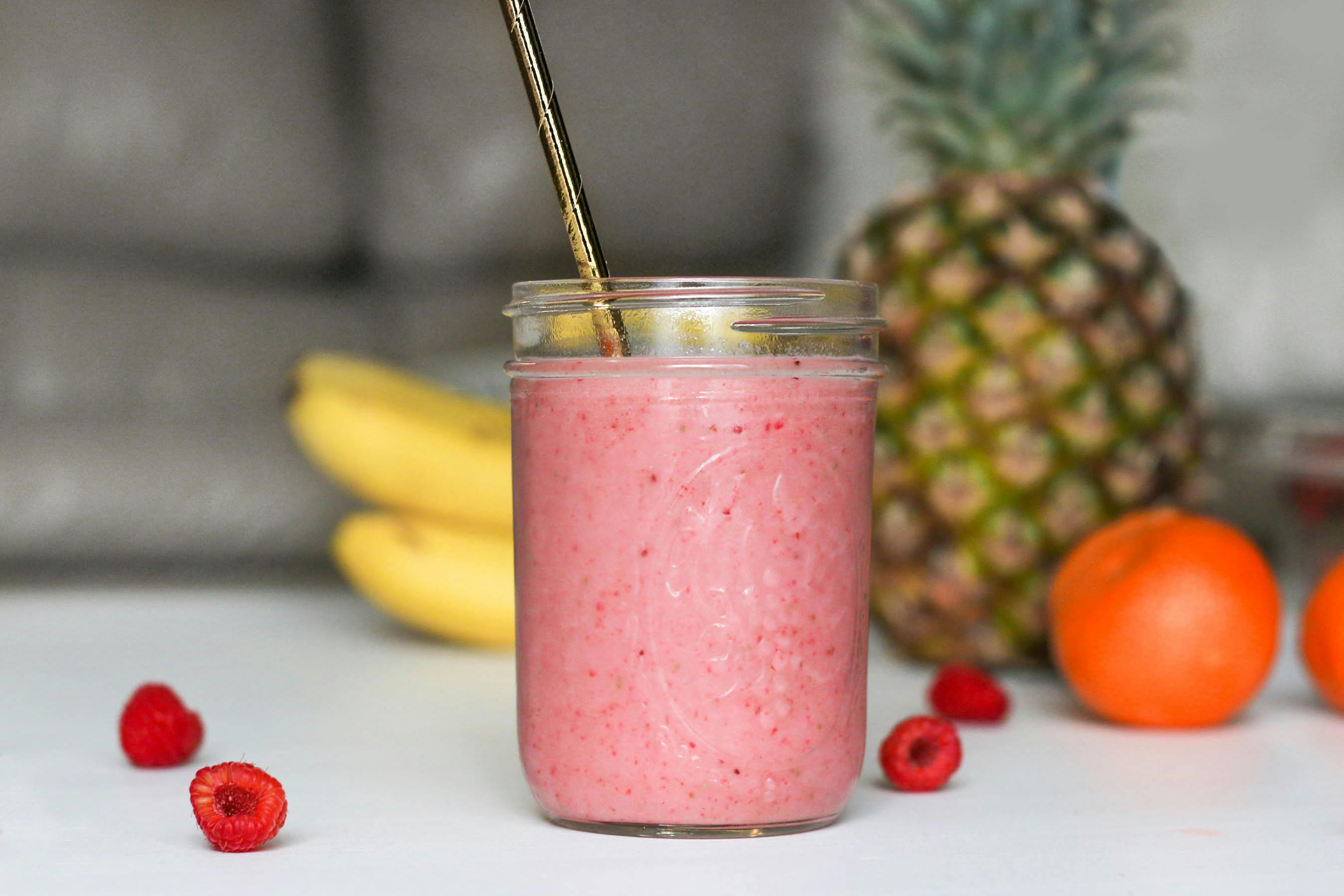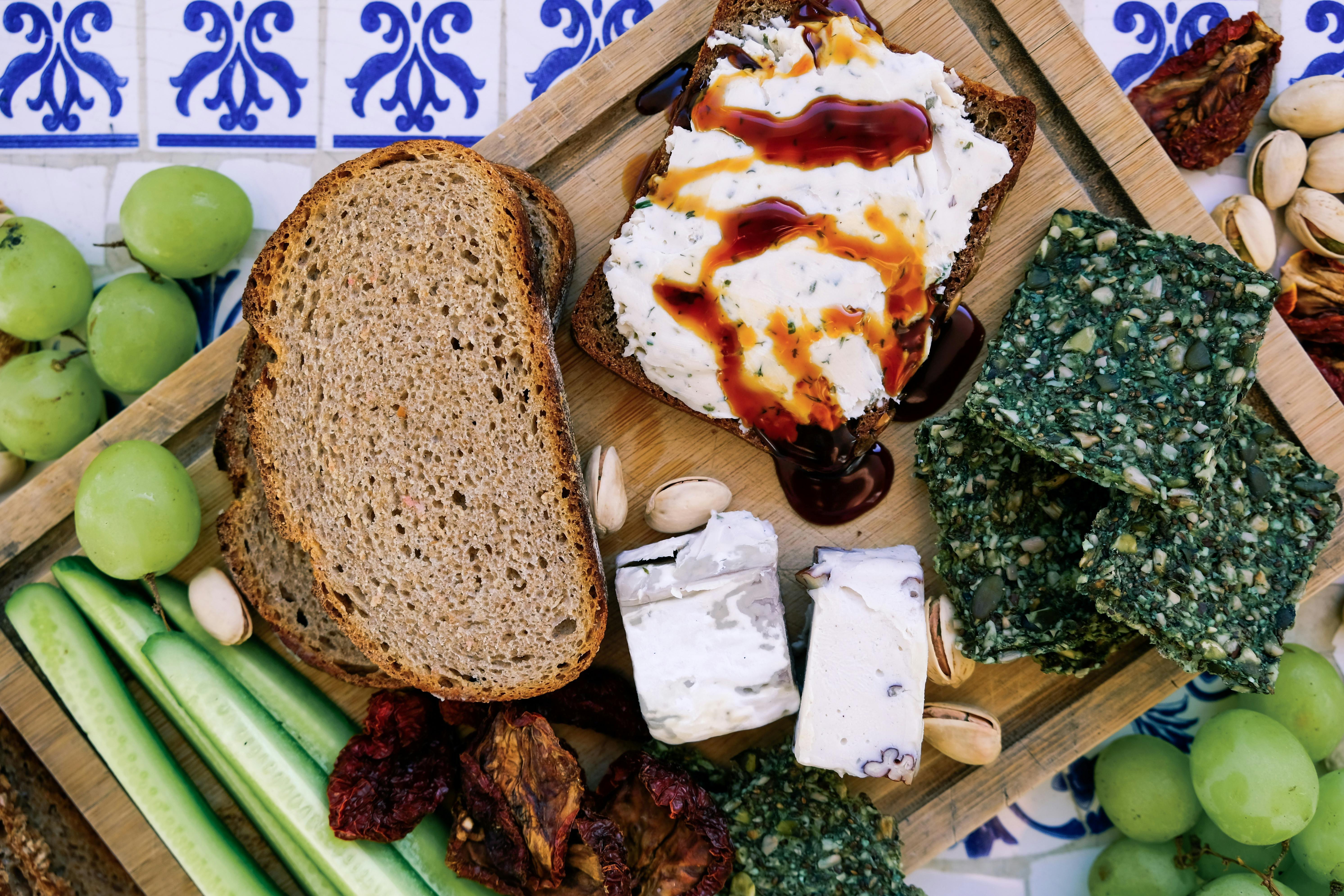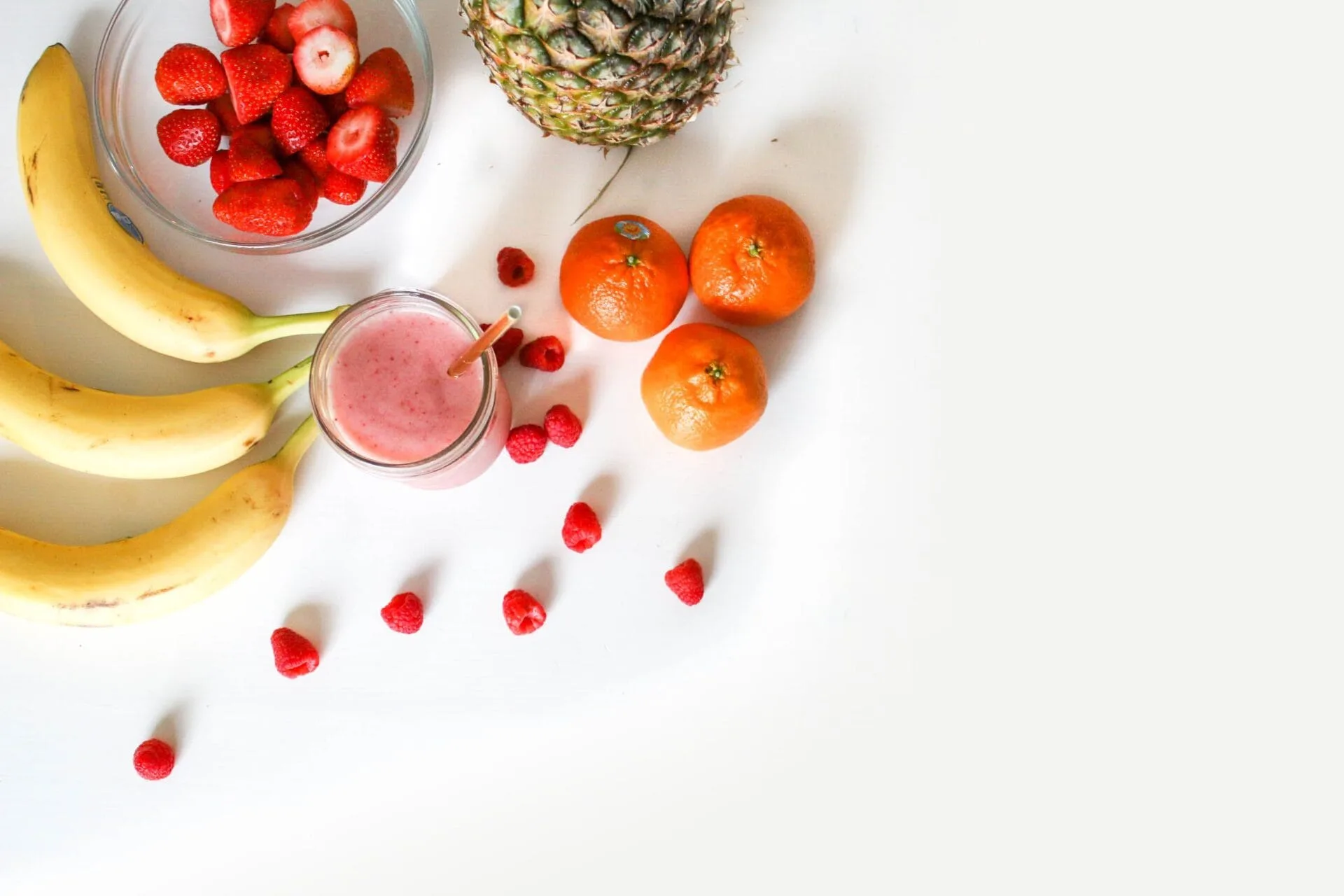A pineapple is a tropical fruit that is enjoyed by people all around the world. It has a sweet and distinctive taste, and its distinctive appearance makes it a popular choice for decorations and gifts. But when it comes to its biological classification, the question arises: is a pineapple a berry? To answer this question, it is necessary to understand the definition of a berry and how it applies to the pineapple.No, a pineapple is not a berry. A berry is a type of fruit that is produced from a single flower with one ovary and typically has several seeds. Pineapples are not berries because they do not fit this definition; they are actually the result of dozens of individual flowers fused together around a central core.
Botanical Classification of Pineapple
Pineapple is a tropical plant of the Bromeliaceae family and is scientifically classified as Ananas comosus. It is an herbaceous perennial that grows to about 1.2m tall and has 30 cm long, spiny leaves surrounding a central rosette. The pineapple fruit is an accessory aggregate fruit, made up of numerous berries that fuse together. It has a tough outer rind and sweet, juicy interior flesh with numerous small seeds embedded in it. Pineapple has a distinct fragrance which makes it a popular fruit all over the world.
Pineapple belongs to the family Bromeliaceae which contains over 3,000 species of various plants. These plants typically have rosette-like leaves and fruits that grow in clusters or spikes. Pineapple is also closely related to bromeliads, air plants, and Spanish mosses which all belong to the same family. The scientific classification of pineapple is Ananas comosus which comprises several varieties such as Cayenne, Red Spanish and Queen varieties.
The pineapple plant grows best in tropical climates where temperatures remain warm throughout the year. Its leaves are relatively long with sharp spines on them that can be dangerous if handled without care. The fruit of the pineapple plant consists of many small berries fused together into one fleshy mass with numerous small seeds embedded inside it. It has a tough outer rind and sweet juicy interior flesh that makes it an ideal snack or dessert ingredient for many dishes.
Pineapples are rich in vitamins A and C as well as dietary fiber, manganese, copper, magnesium and folate which makes them a great addition to any diet plan. They are also low in calories and fat making them a healthy snack option for people who are trying to lose weight or maintain their current weight level while still enjoying delicious food.
In conclusion, pineapple is a tropical plant belonging to the Bromeliaceae family scientifically classified as Ananas comosus. It grows best in warm climates with temperatures remaining above 25°C throughout the year and produces an aggregate fruit consisting of numerous fused berries with numerous small seeds embedded inside it. Pineapples are rich in vitamins A and C as well as dietary fiber, manganese, copper, magnesium and folate making them an ideal snack or dessert ingredient for many dishes while still being low in calories and fat content.
Difference between Berries and Non-Berries
The major difference between berries and non-berries lies in their botanical structure. Berries are typically a type of fleshy fruit that develops from a single ovary of a single flower, while non-berries are fruits that form from different ovaries of the same flower or multiple flowers. Furthermore, berries usually contain seeds within the flesh of the fruit, while non-berries generally have the seeds outside of the fruit.
Berries tend to be juicy, soft fruits, and they come in all shapes and sizes. Common examples include strawberries, blueberries, raspberries, blackberries, cranberries, and currants. On the other hand, non-berries usually have harder exteriors and can be either dry or juicy. Examples include apples, pears, oranges, lemons, limes, grapes, plums, peaches, cherries and tomatoes.
Another distinction between berries and non-berries is that many berries are often eaten raw or as ingredients in a variety of dishes. For example strawberries can be used to make salads or jams; blueberries can be used to make pies or muffins; cranberries can be used in sauces; and blackberries can be used to make smoothies or juices. Non-berries are generally cooked before being eaten as they tend to have tougher exteriors making them difficult to eat raw.
In terms of nutrition content there is also some variation between berries and non-berries which should also be considered when making dietary decisions. Generally speaking berries tend to have higher levels of antioxidants than non-berry fruits due to their high levels of anthocyanins which give them their bright colors. In addition most berries are also low in calories but high in fiber making them ideal for weight loss plans. Non-berry fruits meanwhile may have higher levels of vitamin C than some types of berries but they also tend to contain more calories per serving than most berry varieties due to their higher sugar content.
Overall it is important to recognize that there is an important distinction between berries and other types of fruits due to their botanical structure as well as their nutritional profile. Berries are usually softer with a high antioxidant content while other types of fruits such as apples or oranges may have higher levels of vitamin C but they contain more calories per serving due their higher sugar content.
Definition of a Berry
A berry is a small, pulpy, and often edible fruit. Generally, berries are juicy, rounded, brightly colored, sweet or sour, and do not have a stone or pit. Most berries are produced from a single ovary and do not have additional seeds in the fruit itself. Common examples of true berries include blueberries, raspberries, cranberries, strawberries and blackberries.
Berries are important sources of vitamins and antioxidants in the human diet. They provide dietary fiber and are low in calories. Many varieties of berry can be eaten raw or cooked to make jams, preserves, pies or other treats. Berries are also used to make juices and wines.
Berries have been an important part of traditional diets for centuries in many cultures around the world. They are often eaten fresh as snacks or added to salads for extra flavor and nutrition. Berries can also be dried to preserve them for later use.
Berries are versatile fruits with many culinary uses. They can be used fresh or frozen in recipes for pies, jams, compotes and sauces. Berries can also be blended into smoothies or juices for an added nutritional boost. With so many varieties available throughout the year there is always something new to try!
Berry
A berry is a type of fleshy fruit that is derived from a single ovary of an individual flower. Berries are soft and often have many small seeds embedded in the skin. They are edible and can be found in a variety of colors, shapes, and sizes. Botanically, berries are classified as either simple or aggregate fruits. Simple berries are composed of one ovary and contain one seed per fruit while aggregate fruits are composed of several ovaries that each contain multiple seeds. Examples of simple berries include strawberries, blueberries, raspberries, and blackberries while examples of aggregate fruits include apples, pears, grapes, mulberries, and citrus fruits.

Characteristics of a Berry
A berry is a fleshy fruit derived from a single flower that has multiple seeds. Berries are typically sweet and juicy, and can come in a variety of colors, including red, blue, black, yellow and purple. They can be eaten raw or used to make jams, jellies, pies and other desserts. Berries are high in fiber and vitamins A, C and E. Additionally, they contain antioxidants which can help protect the body from disease-causing free radicals. Berries are also low in calories and fat and contain no cholesterol. Furthermore, they are an excellent source of potassium and folate which may reduce the risk of heart disease.
Berries are easy to grow in home gardens or containers and require minimal care. Most berry plants prefer full sun exposure but will tolerate some shade. Berries also thrive in well-draining soil with plenty of organic matter added for nutrient availability. Watering should be done regularly to keep the soil moist but not soggy as too much water can cause root rot. Pruning should also be done regularly to promote healthy growth and encourage more fruit production.
Berries are a versatile food that can be enjoyed fresh or cooked into jams, pies or sauces for baking or topping ice cream or other desserts. They can also be added to smoothies or salads for an extra boost of flavor and nutrients. Berries make an excellent addition to any diet as they provide essential vitamins, minerals and antioxidants for overall health and wellness.
Characteristics of a Pineapple
Pineapples are recognizable by their spiky, tough outer skin and sweet, juicy interior. They have a distinct shape with a large crown of spiky leaves growing at the top. The pineapple fruit is a multiple fruit, meaning that it is composed of dozens of individual fruits fused together to form one large fruit. Each pineapple has a unique flavor which can be described as sweet and tart. The flesh is yellow to golden in color and contains many small edible seeds. Pineapples also have a high sugar content, which makes them quite sweet when ripe. Additionally, pineapples are rich in vitamins and minerals such as Vitamin C, potassium, calcium, magnesium, iron and phosphorus.
Pineapples are tropical fruits that grow best in hot climates with plenty of sunshine and regular rainfall. The plant takes roughly two years to reach maturity before it can be harvested for its fruit. It is usually propagated from slips or suckers that are taken from the base of the fruit or from cuttings taken from mature plants. Pineapples require plenty of care during their growth cycle since they are very sensitive to environmental conditions such as temperature and soil moisture levels.
Pineapples are generally harvested when they reach full maturity but before they start to ripen so that they can be shipped without spoiling too quickly during transport. Once harvested, pineapples can be eaten fresh or processed into canned or frozen products such as juices, jams and jellies.
The Debate on Pineapple as a Berry
The debate about whether pineapple is a berry or not has been going on for many years. Botanists claim that pineapple is not a berry because it does not have the features of a berry, such as a fleshy outer layer and a single seed in each fruit. On the other hand, some people argue that it should be considered a berry because of its texture and structure.
To understand this debate more clearly, let’s take a look at what makes a fruit a berry. Generally speaking, berries are soft-fleshed fruits with seeds or stones inside them and are usually edible. This includes fruits such as strawberries, raspberries, blueberries, and blackberries. Pineapple does not fit this description because it has no stones or seeds within its fleshy outer layer.
However, some people argue that pineapple should be considered a berry because it has the same sweet taste and texture as other berries. They also point out that pineapples have an inner core which contains several small seeds, much like other berries do.
The debate over whether pineapple is a berry or not is unlikely to be resolved any time soon. Botanists continue to insist that it is not a true berry due to its lack of seeds in its fleshy outer layer while others continue to argue that its sweet taste and texture make it qualify as one. Ultimately, the decision rests with each individual person who can decide for themselves if they consider pineapple to be classified as a berry or not.
At the end of the day, no matter what you decide when it comes to this debate – there’s no denying that pineapples are delicious!

Conclusion
In conclusion, the answer to the question “Is a pineapple a berry?” is no. Botanically, a berry is defined as a fleshy fruit produced from a single ovary. Pineapples do not meet this definition, as they are formed from multiple flowers fused together. Pineapples are actually aggregates, which means they are formed from many smaller fruits merged together. While pineapples may resemble berries in shape and size, they are still technically classified as an aggregate fruit.
Therefore, while some people might think of pineapples as berries, it is important to understand that botanically speaking, this is not the case. Still, pineapples remain one of the most beloved fruits around the world and can be eaten in a variety of ways, from fresh to cooked or even canned.



